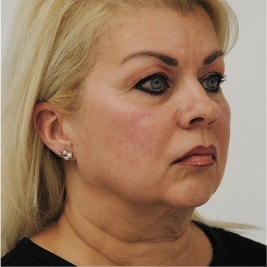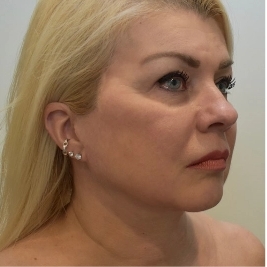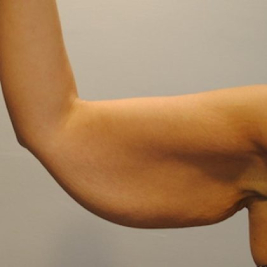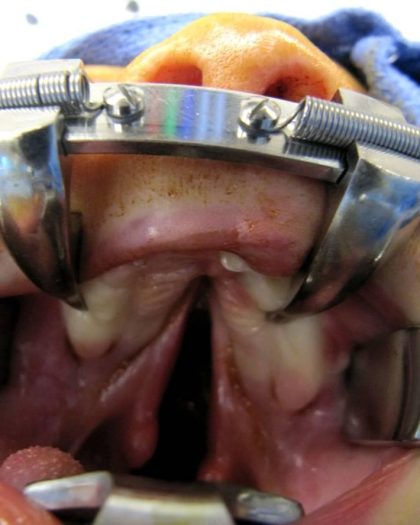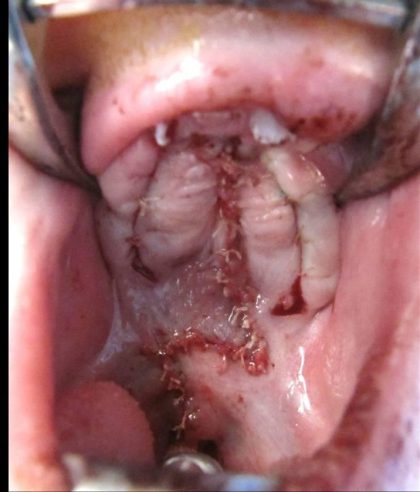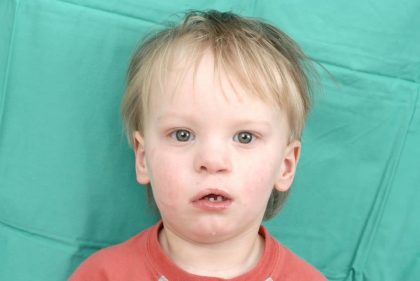Cleft Lip
Conveniently located to serve the areas of Montreal, Quebec

“It takes a village to raise a child.” Nowhere in medicine is this more true than in the care of a child with cleft lip and palate (CLP). CLP is the most common congenital craniofacial abnormality. It varies in incidence according to race and affects 1/1000 children. CLP develops early in the first trimester when it can be diagnosed on 3-D fetal ultrasound. At this time, a plastic surgeon trained in craniofacial surgery can begin to counsel parents that the seemingly minor defect can lead to feeding, growth, speech, and social problems if untreated.
Contents
Before and After Photos
Newborn Care
Within the first two weeks of life, the craniofacial specialist should determine the extent of the defect and initiate taping across the upper lip to bring the cleft lip defect close in preparation for repair at 3 months of age. The caregiver must also meet with lactation and feeding specialists and obtain special bottles to successfully feed a child who has difficulty creating suction around the nipple.
During this period, the pediatrician evaluates the infant’s growth and development. A pediatric orthodontist must provide nasoalveolar molding (NAM), a special insert placed in the palate to narrow and seal the cleft. This helps with feeds. A social worker is also needed to help the family obtain hospital and public resources.
Care in infancy
At 3 months of age, the cleft lip is surgically repaired. Once the craniofacial surgeon ensures success, attention is directed to the cleft palate. At this stage, middle ear infections often occur due to Eustachian tube dysfunction, and evaluation by a pediatric otolaryngologist and audiologist becomes critical.
Counseling by certified genetic counselors also takes place to diagnose any inherited patterns involved in the CLP diagnosis.
At 12 months of age, the craniofacial surgeon carries out soft and hard cleft palate repair. Even with successful closure, approximately one-tenth of children may have speech problems as the soft palate can remain short and/or non-dynamic in its movements.
Care during the latency period
This becomes evident at ages 3 to 4, when speech development is rapid, and care from a speech pathologist is essential. Should surgery be deemed necessary, the craniofacial surgeon can perform various operations to lengthen and improve the function of the soft palate.
Once growth, feeding, appearance, and speech are successfully addressed, the child’s dentition requires attention — particularly the upper jaw defect or “alveolus,” where the cleft extends into the tooth-bearing segment. A pediatric orthodontist is essential during this phase, as palatal expansion may be necessary.
With no bone stock for the root of the missing tooth, the craniofacial surgeon must conduct another operation in early adolescence to graft bone onto the deficient alveolus. This allows the proper eruption of the canine or dental implant placement.
Care during adolescence
Patients typically need braces during early adolescence. By the time that facial skeletal growth matures at 14 to 16 years of age, midface and jaw alignment are evaluated. In CLP, poor upper jaw growth can lead to malocclusion and a significant underbite that interferes with chewing and eating, and causes jaw pain. This occurs in 30% of patients.
Correction requires aggressive orthodontic care and craniofacial surgery. The pediatric orthodontist must align the teeth to allow for normal occlusion after craniofacial surgery, and care may take a year. Once appropriate alignment is achieved, the craniofacial surgeon conducts a “LeForte I” maxillary advancement (essentially fracturing and moving the upper jaw forward). Normal jaw alignment allows for pain-free chewing and improves appearance.
Lastly, nasal deformities may need to be addressed when the fully mature patient approaches age 17 to 19. Evaluation for “cleft rhinoplasty” is carried out and further craniofacial surgery may be performed.
Family care
Caregivers require attention along with the patient. Socioeconomic needs must be addressed along with surgical and medical needs, both early and often. The child with CLP should be established in a craniofacial clinic immediately after diagnosis. The team, led by a craniofacial surgeon specializing in CLP, sees patients on a monthly or quarterly basis during the first few years of life to ensure that all surgical, medical, developmental, and social needs are met. Subsequently, yearly visits can address any new issues or provide reassurance that things are moving along normally.
Dr. Doumit, a craniofacial surgeon specializing in CLP, leads the multidisciplinary Craniofacial Clinic team at world renowned Children’s Hospital – Cleveland Clinic. He can be reached at CHU Sainte Justine.
